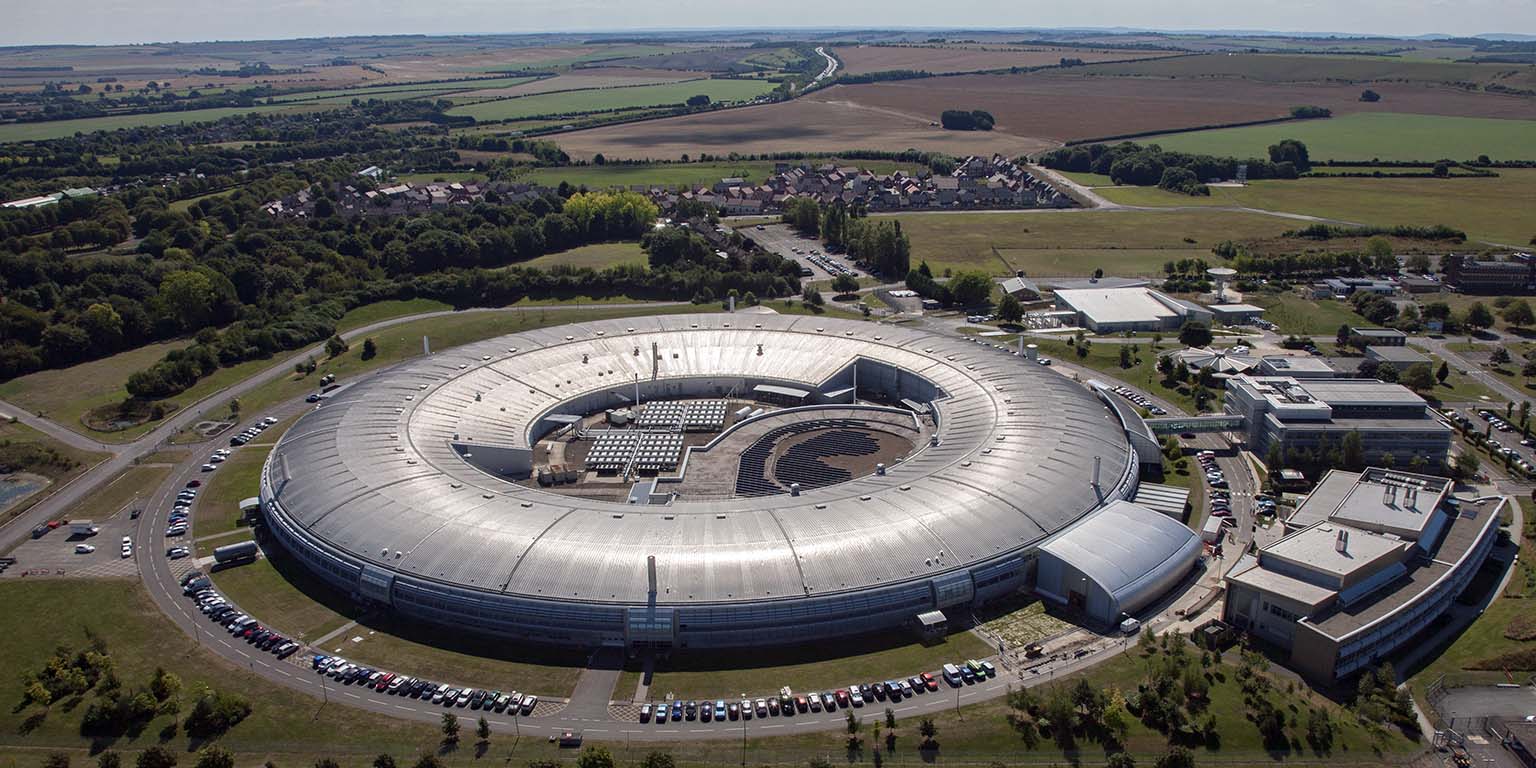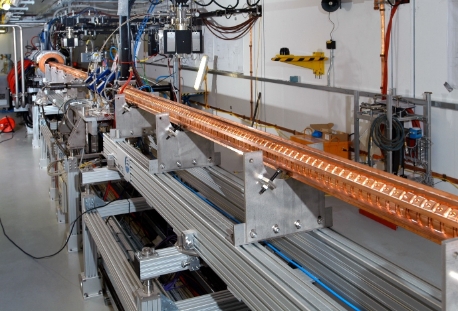Diamond Light Source
Social Media
Diamond Light Source (www.diamond.ac.uk) is the UK’s national synchrotron. It works like a giant microscope, harnessing the power of electrons to produce bright light that scientists can use to study anything from fossils to jet engines to viruses and vaccines.
Diamond is a not-for-profit limited company funded as a joint venture by the UK Government through the Science & Technology Facilities Council (STFC) in partnership with the Wellcome Trust. The synchrotron is free at the point of access through a competitive application process, provided that the results are in the public domain. Over 7000 researchers from both academia and industry use Diamond to conduct experiments, assisted by approximately 500 staff.
Diamond is one of the most advanced scientific facilities in the world, and its pioneering capabilities are helping to keep the UK at the forefront of scientific research.
Objectives
- To deliver internationally-leading synchrotron research and innovation.
- To maximise the scientific, economic and societal impact of Diamond.
- To ensure the long-term sustainability of Diamond as a national facility.
- To engage and inspire the general public through promoting science.
- To continuously plan for Diamond’s technical and scientific future.

Aereal View © Copyright: Diamond Light Source
How Diamond works

The linac, with the gun at the far end and the accelerating structures coming towards us. The electrons are already more than 0.95 times the speed of light by the time.
© Copyright: Diamond Light Source
Diamond is a third generation synchrotron; a huge scientific machine, half a kilometre in circumference, designed to produce very intense beams of X-rays, infrared and ultraviolet light. Synchrotron light can be 10 billion times brighter than the sun. Particles called electrons are generated in an electron gun, very like the cathode ray tubes found in old television sets. They are then fired out into the machine, where they are accelerated up to very high speeds through a series of three particle accelerators. These are called the linear accelerator, or linac, the booster synchrotron and the large storage ring.
Diamond uses special arrays of magnets called insertion devices. These cause the electrons to wiggle around, which produces even more intense light. When the path of the electron beam is bent by Diamond’s powerful magnets, the electrons lose energy in the form of light. This light can then be channelled out of the storage ring and into the experimental stations, called beamlines.
Diamond's beamline contains three different sections; the optics hutch, where the light is filtered and focused; the experimental hutch, where the sample sits and the experiment is carried out; and the control cabin, where the scientists control the experiment. The beams of light are so strong that, in the case of Diamond’s X-ray beamlines, it is not safe to be in the same room whilst they are being fired at the sample.
Our Instruments and figures
Beamlines
Diamond is enabling world-class science in universities and industry, both in the UK and internationally, which is advancing knowledge and underpinning innovation in virtually all fields of research. Diamond currently offers access to 32 instruments which it calls beamlines.
Academics can submit their beamtime application online using the Diamond website. Diamond aims to facilitate the best science possible within the boundaries of technical feasibility and Health & Safety considerations.

Diamond Beamlines © Copyright: Diamond Light Source
Visitors per year
Users welcome since 2007
Peer-reviewed articles
Companies supported in 2018


